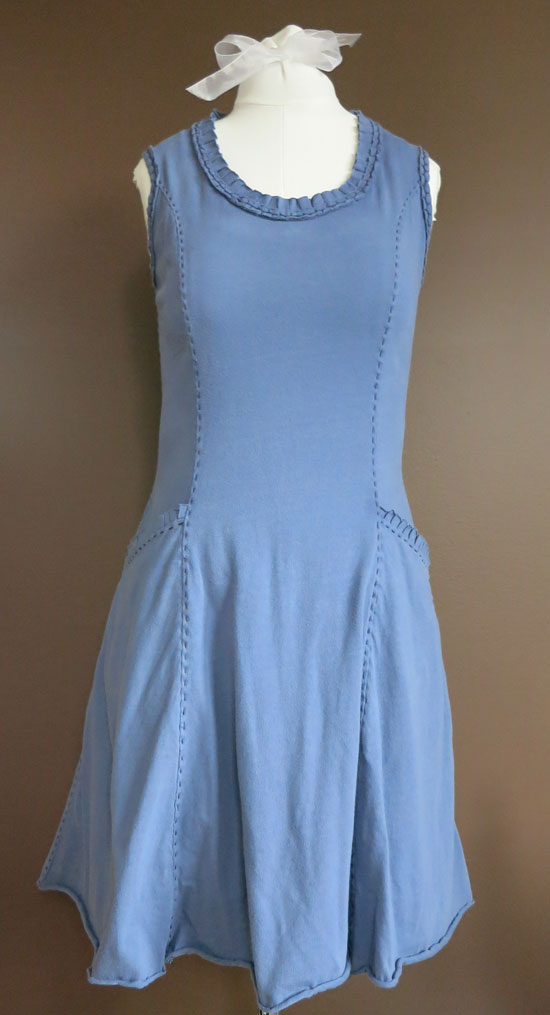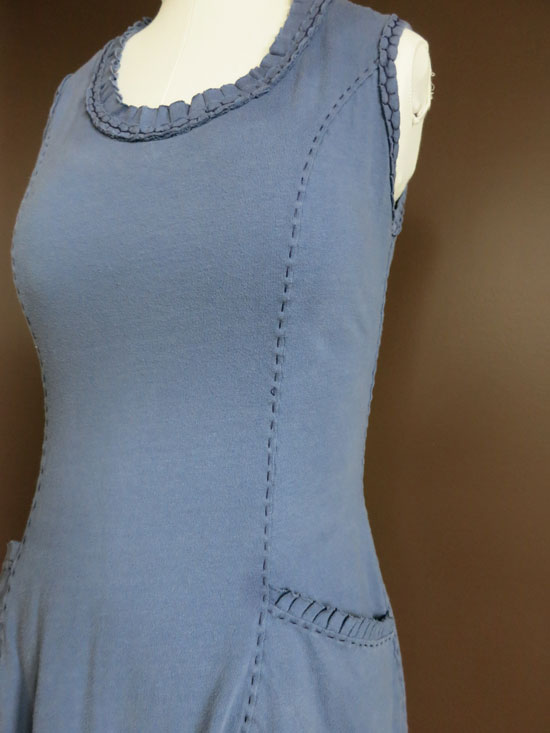Slanted Pocket for a Princess-Line Garment
 Monday, March 12, 2018 at 2:30PM
Monday, March 12, 2018 at 2:30PM Hello friends. My, it's been a long time. I have missed my blog so much, and I'm hoping that I can get back into posting on a somewhat regular basis. I find such little time to "make" these days; raising a young family is time consuming. But I'm going to try my best to post more than I have in the last two years (that shouldn't be too hard).
I developed the instructions for adding a pocket to a princess-line garment many years ago after sewing a commercial pattern with a similar pocket, and I prefer this pocket design over any other on garments with this style line as it adds very little bulk. You can use this pocket on dresses, tops or jackets.
Last summer (or was it the summer before?) I hand sewed an Alabama Chanin-inspired dress, adding this pocket. I also added a hand-pleated ruffle at the top of the pocket and around the neckline to add a little interest to the otherwise basic garment. You can find the instructions for the Pleated Ruffle on page 109 of Alabama Chanin's book, Alabama Studio Sewing + Design.



Detailed instructions for drafting the pocket can be found here, in the Tutorials section of my blog.
 alabama chanin,
alabama chanin,  pattern work in
pattern work in  Alabama Chanin,
Alabama Chanin,  garments,
garments,  sewing
sewing 






























